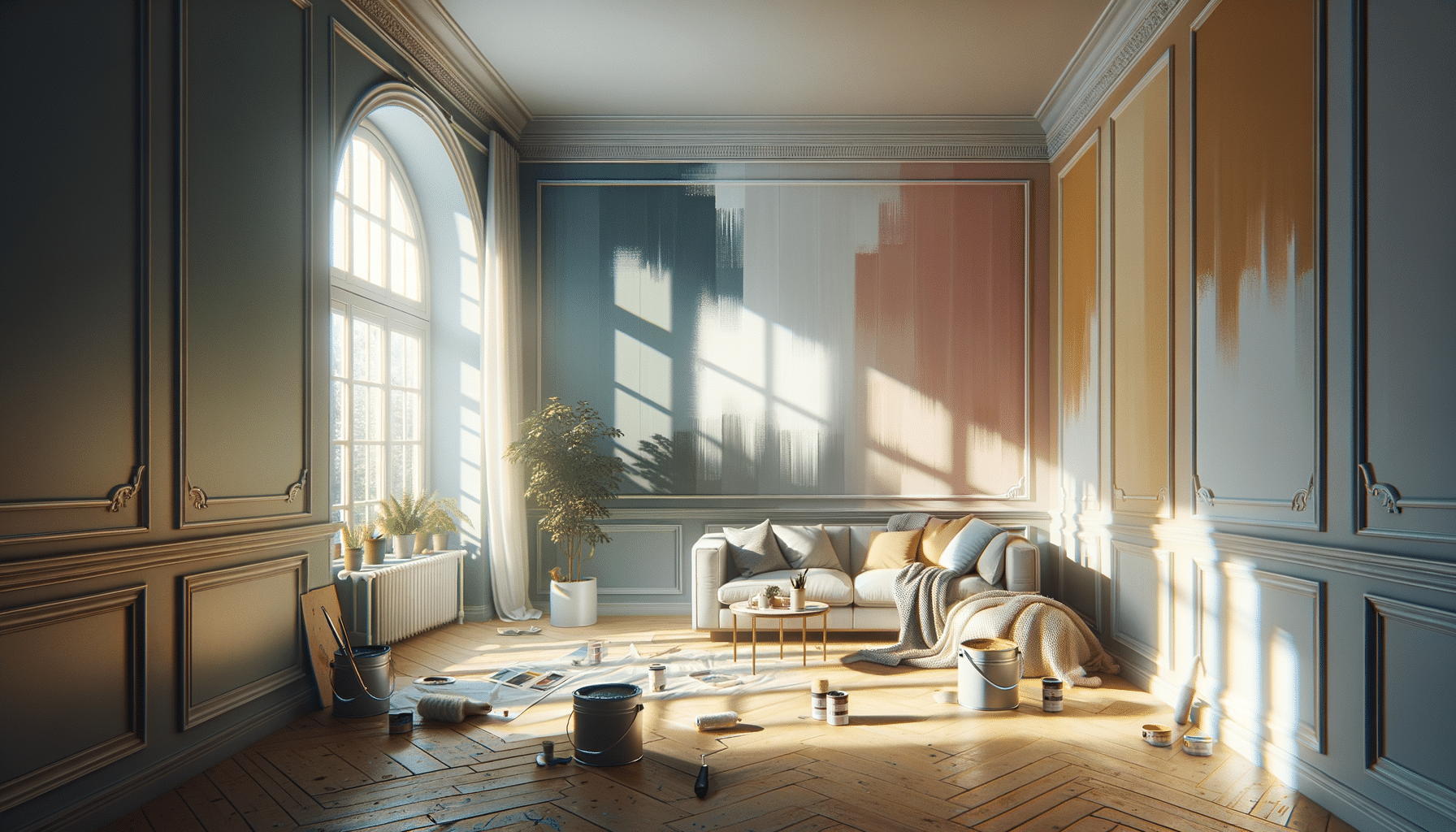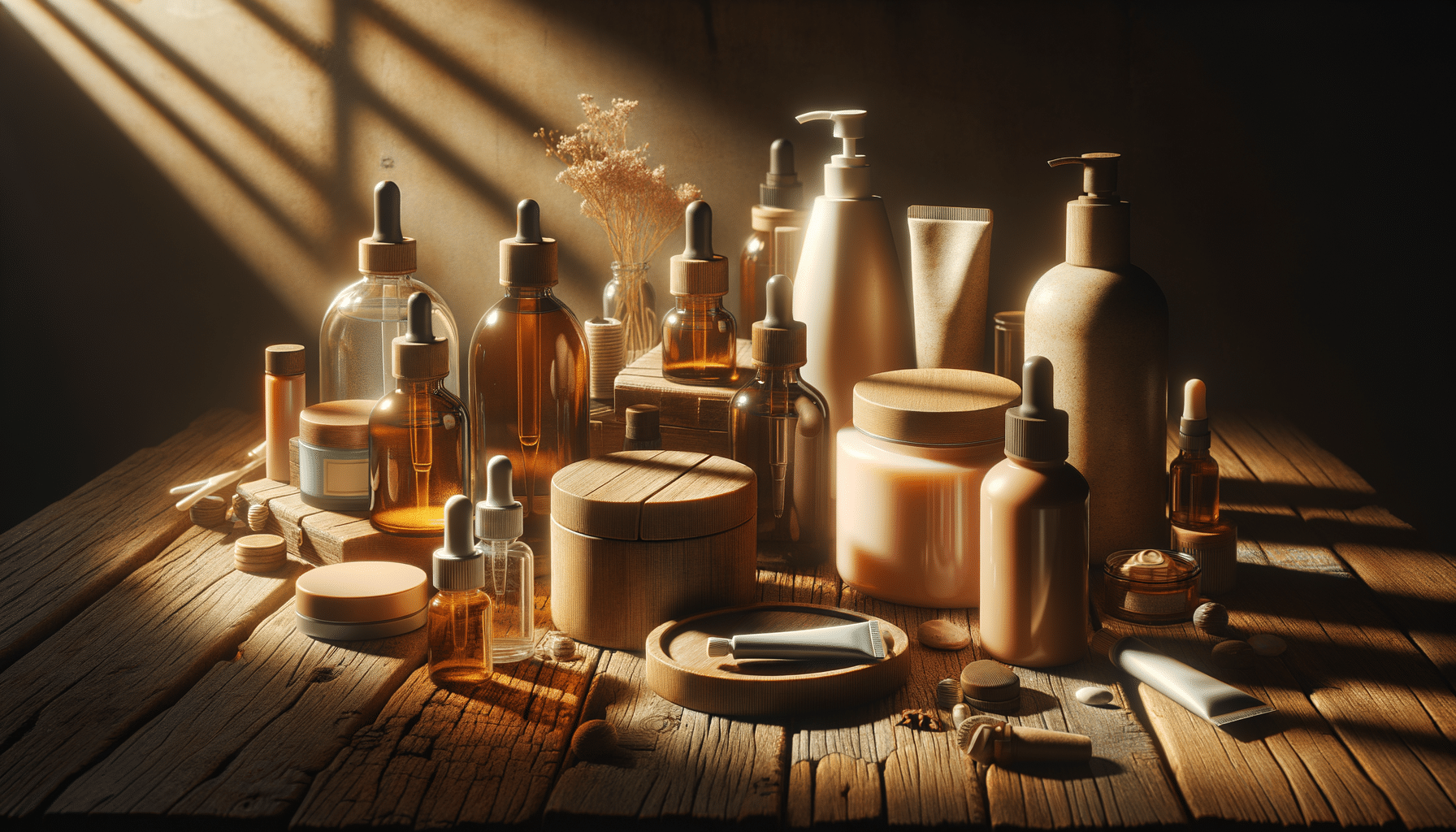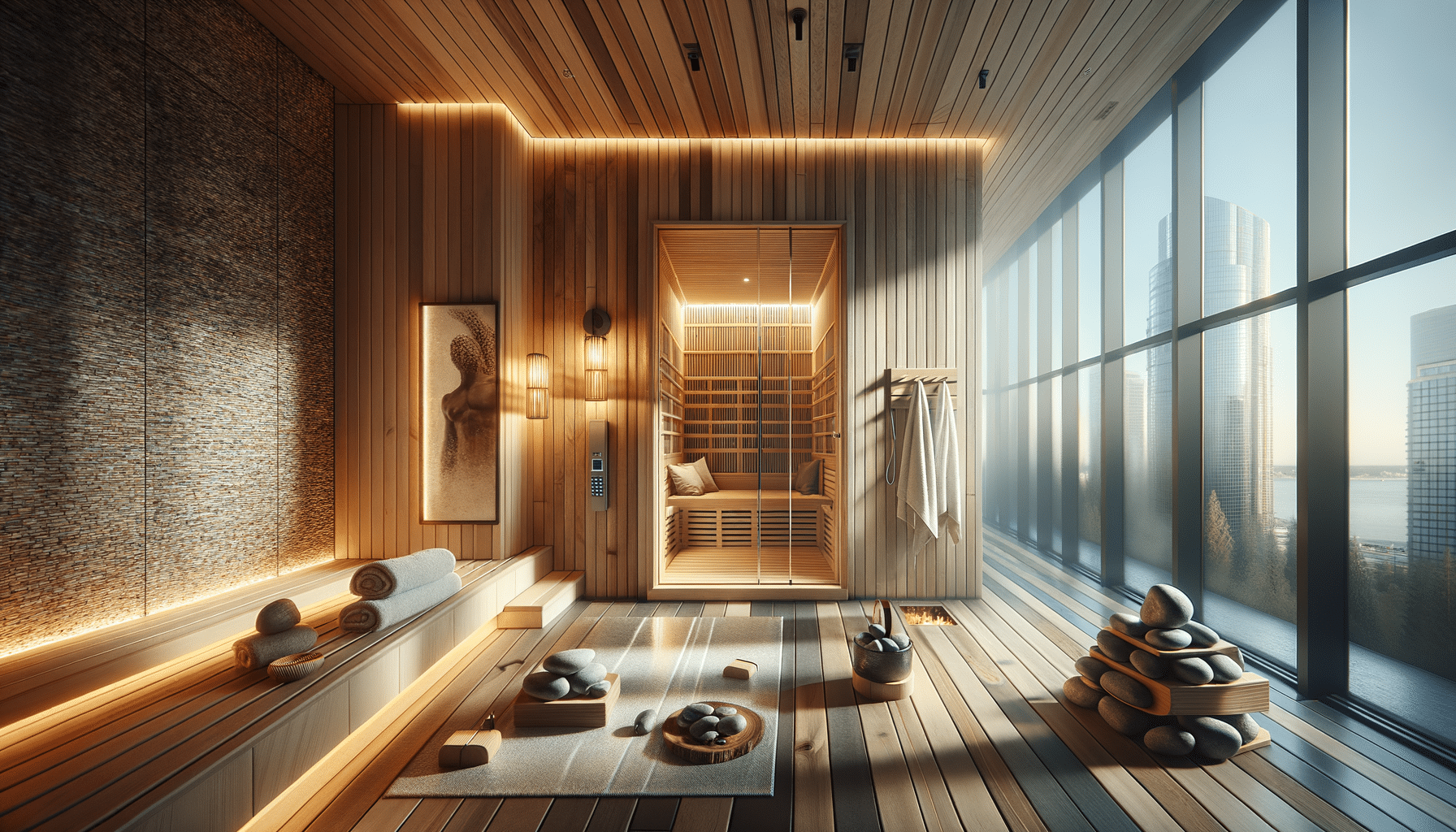
Transforming Spaces: The Art and Science of Interior Painting
The Significance of Interior Painting
Interior painting is more than just a home improvement task; it is an art form that significantly influences the ambiance and mood of a space. The choice of color, texture, and finish can transform a dull room into a vibrant living area or a serene retreat. As homeowners increasingly seek personalized aesthetics, understanding the nuances of interior painting becomes essential. It not only enhances the visual appeal but also adds value to your property. A well-executed paint job can make a space feel larger, brighter, and more welcoming. The psychological impact of color should not be underestimated, as it can affect emotions and perceptions, making interior painting a powerful tool in home design.
Choosing the Right Paint and Colors
When it comes to interior painting, selecting the right paint and colors is crucial. Paints come in various types, such as latex and oil-based, each offering distinct advantages. Latex paints are popular for their durability and ease of cleaning, making them ideal for high-traffic areas. Oil-based paints, on the other hand, provide a smoother finish and are often used for trim and moldings. As for colors, the choice depends on the room’s function, lighting, and personal preference. Light colors can make a room appear larger and more open, while darker shades add warmth and coziness. It’s advisable to test paint samples on the walls, observing how they change with different lighting conditions throughout the day. This ensures that the final choice aligns with your vision and complements the overall decor.
Preparation: The Key to a Flawless Finish
Preparation is a critical step in achieving a flawless paint job. It involves more than just protecting furniture and floors with drop cloths. Start by cleaning the walls to remove dust and grease, which can prevent paint from adhering properly. Fill in any holes or cracks with spackle, and sand the surface to ensure a smooth finish. Priming the walls is also essential, especially when painting over dark colors or new drywall. A good primer provides a uniform surface for the paint to adhere to, enhancing durability and color vibrancy. Taking the time to prepare thoroughly can prevent common issues like peeling and uneven coverage, resulting in a professional-looking finish.
Techniques for Professional Results
Achieving a professional finish in interior painting involves mastering various techniques. One such technique is cutting in, which refers to painting the edges of walls, ceilings, and corners before using a roller. This ensures clean lines and prevents paint from splattering onto adjacent areas. Using the right tools, such as high-quality brushes and rollers, is also important. A good brush provides better control, while a quality roller covers larger areas efficiently with minimal effort. Additionally, applying multiple thin coats of paint, rather than one thick coat, helps achieve even coverage and a smoother finish. These techniques, combined with patience and attention to detail, can elevate your painting project to a professional level.
Maintaining and Refreshing Painted Surfaces
Once the painting is complete, maintaining the painted surfaces is essential to preserve their appearance and longevity. Regular dusting and cleaning with mild soap and water can keep the walls looking fresh. For high-traffic areas, consider using washable paints that can withstand frequent cleaning without losing their luster. Over time, touch-ups may be necessary due to scuffs or fading. Keeping a record of the paint colors and finishes used can make matching easier when it’s time for a refresh. Periodically updating the paint can also breathe new life into a space, allowing you to experiment with new color trends and styles.


